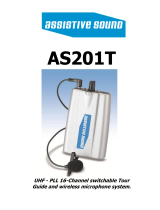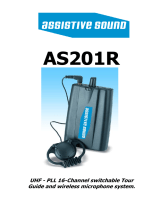5
FCC ID: OSDS910 for S 910 C, S 910 M
FCC ID: OSDTS910 for TS 910 C, TS 910 M
Canada: IC: 3628A-S910 for S 910 C, S 910 M
Canada: IC: 3628A-TS910 for TS 910 C, TS 910 M
This equipment has been tested and found to comply with the limits for a
Class B digital device, pursuant to Part 15 of the FCC Rules. These limits are
designed to provide reasonable protection against harmful interference in a
residential installation. This equipment generates, uses and can radiate radio
frequency energy and, if not installed and used in accordance with the
instructions, may cause harmful interference to radio communications. There
is no guarantee, however, that interference will not occur in a particular
installation. If this equipment does cause harmful interference to radio or
television reception, which can be determined by turning the equipment off
and on, the user is encouraged to try to correct the interference by one or
more of the following measures:
• Reorient or relocate the receiving antenna.
• Increase the separation between the equipment and receiver.
• Connect the equipment into an outlet on a circuit different from that to
which the receiver is connected.
• Consult the dealer or an experienced radio/TV technician for help.
In accordance with FCC requirements, changes or modifications not expressly
approved by beyerdynamic GmbH & Co. KG could void the user’s authority to
operate this product. Any changes or modifications not expressly approved
by the party responsible for compliance could void the user’s authority to
operate this equipment.
CONSUMER ALERT
Most users do not need a license to operate this wireless microphone system.
Nevertheless, operating this microphone system without a license is subject
to certain restrictions: the system may not cause harmful interference; it must
operate at a low power level (not in excess of 50 milliwatts); and it has no
protection from interference received from any other device.
Purchasers should also be aware that FCC is currently evaluating use of wire-
less microphone systems, and these rules are subject to change.
For more information, call the FCC at 1-888-CALL-FCC (TTY: 1-888-TELL-FCC)
or visit the FCC´s wireless microphone website at
www.fcc.gov/cgb/wirelessmicrophones.






















